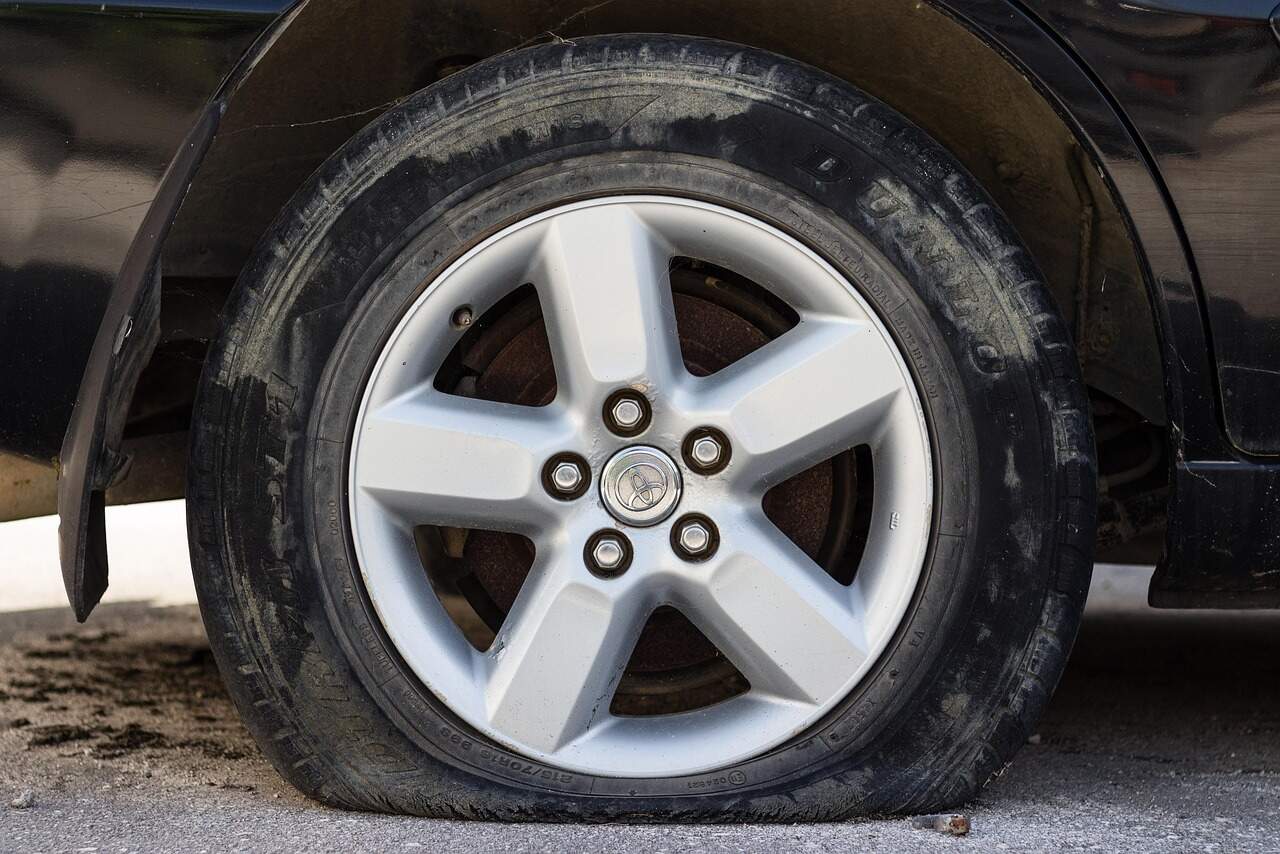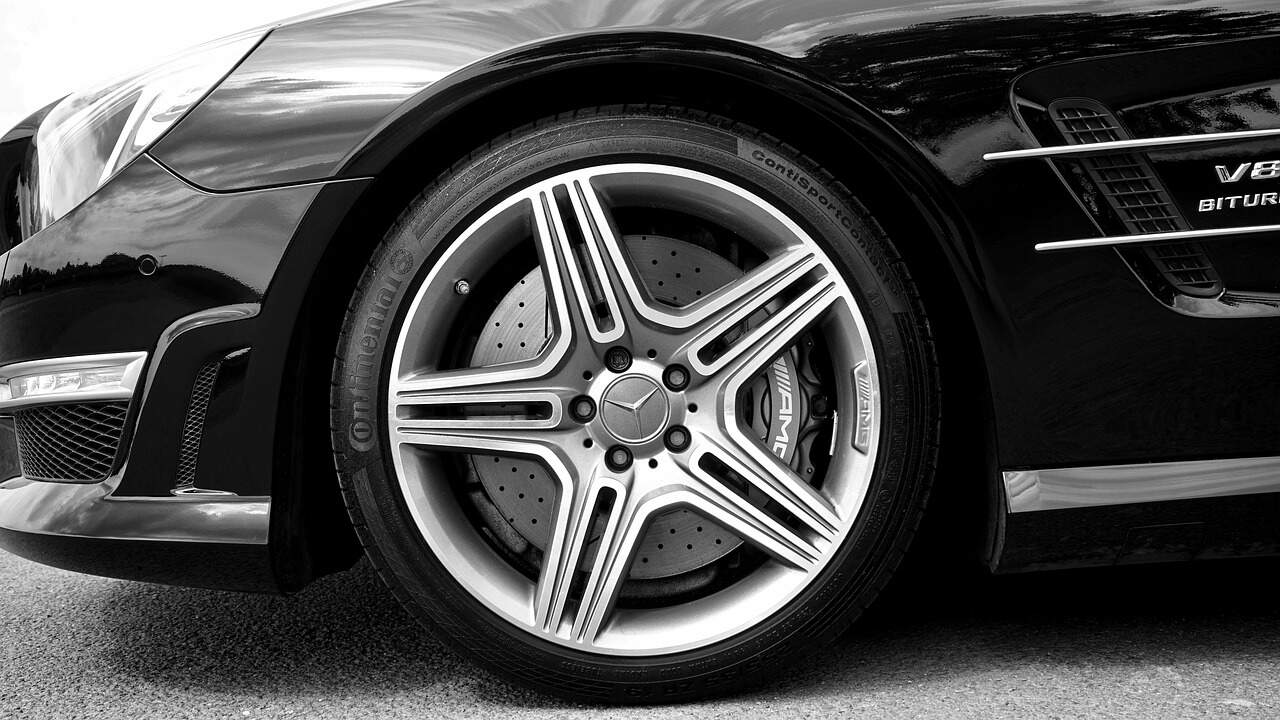Stay safe: How to hold a steering wheel
With the large amount of hours many of us spend behind the wheel of a car, it’s important to ensure you are doing all that you can to drive safely and be prepared for any unexpected collisions or hazards. This includes holding your steering wheel correctly, which could be the difference between staying in control of your car or being seriously injured.
According to Practical Motoring, the most recommended way to hold the steering wheel for general driving is with your hands placed at the 9 and 3 positions – where the 9 and 3 would appear if your steering wheel was a clock face.
This allows you to turn the wheel most effectively and is the safest position if the airbag was to deploy. If you look carefully, many modern steering wheels have thumb and fingers grips to encourage you to hold the wheel in this position.
Practical Motoring also says it takes more than just placing your hands on the wheel to ensure you are steering correctly. First, ensure you are sitting comfortably behind the steering wheel. If you extend your arm without lifting your shoulder from the cushion, your wrist should rest on the top of the wheel. You should not be sitting closer than 25cm from the steering wheel hub.
Once seated comfortably, adjust the headrest and mirrors to suit your height. Adjust the steering wheel up and down, in and out, using the lever underneath the steering wheel. You should be able to clearly see both side mirrors, rotate your head to check any blind spots and have an unobstructed view through the windshield. Your external mirrors should show you what’s in the other lanes.
As you steer your vehicle, your hands should remain on the wheel at all times – unless you need to change gears, in which case your left hand should only leave the steering wheel intermittently to control the gear stick, then return back to the steering wheel. The ‘push-and-pull’ method allows you to safely rotate the steering wheel with both hands in contact.
Avoid these bad steering habits:
- Don’t drive with one hand. Keep both hands on the wheel at all times.
- Don’t use the heel of your palm to turn the wheel. This will significantly reduce the control you have over the steering wheel.
- Don’t hook your hand through the wheel, or hold it with the back of your hand facing forward and with your fingers pointing back at you. You could very badly damage your arm in an accident if your airbag was deployed.
- Don’t rest your arm on the gearstick.
- Keep the dashboard clear of gadgets, passengers’ feet, or any other items that could obstruct your view or block the airbag if it deploys.
Information obtained from practicalmotoring.com.au



























